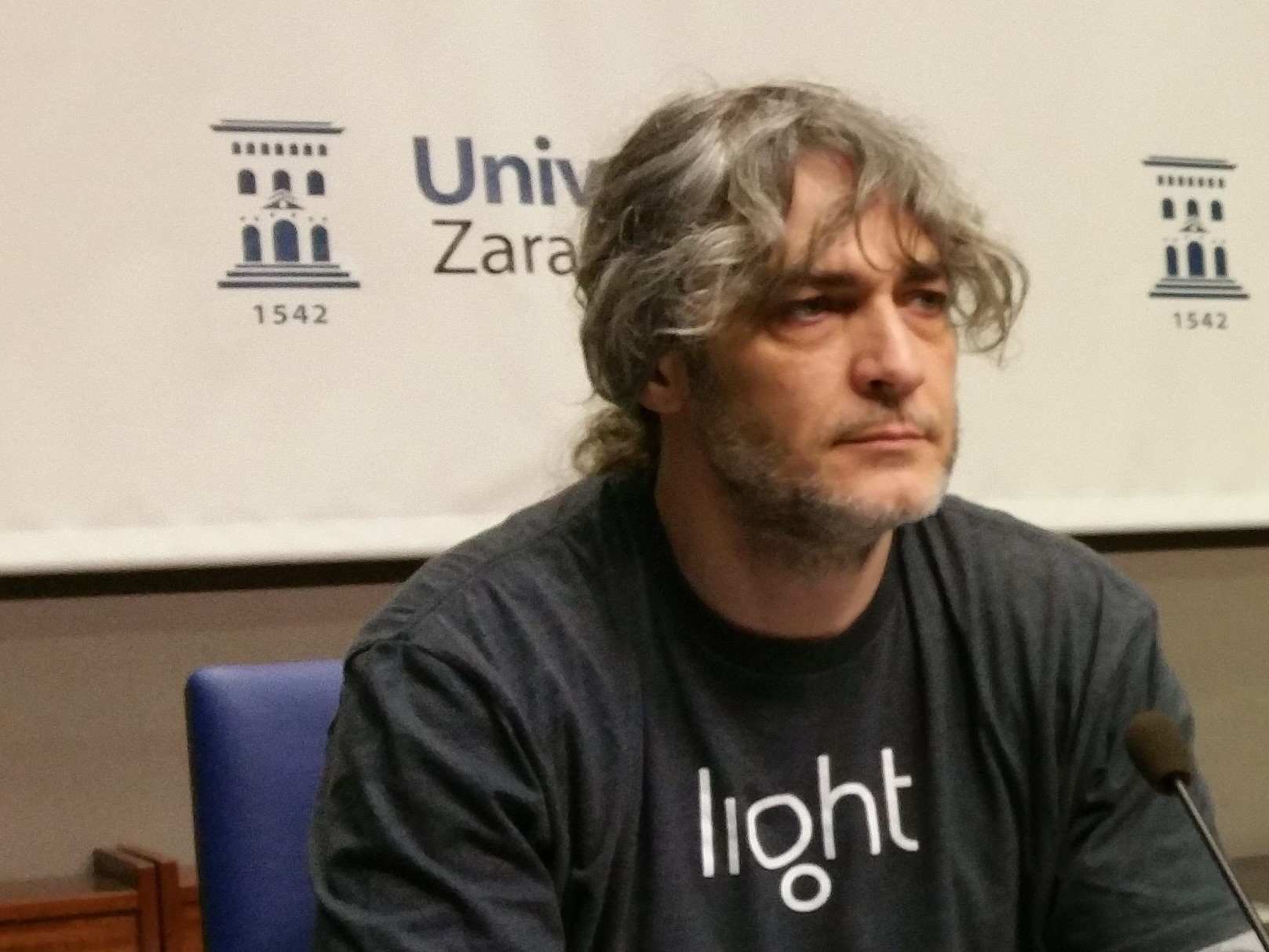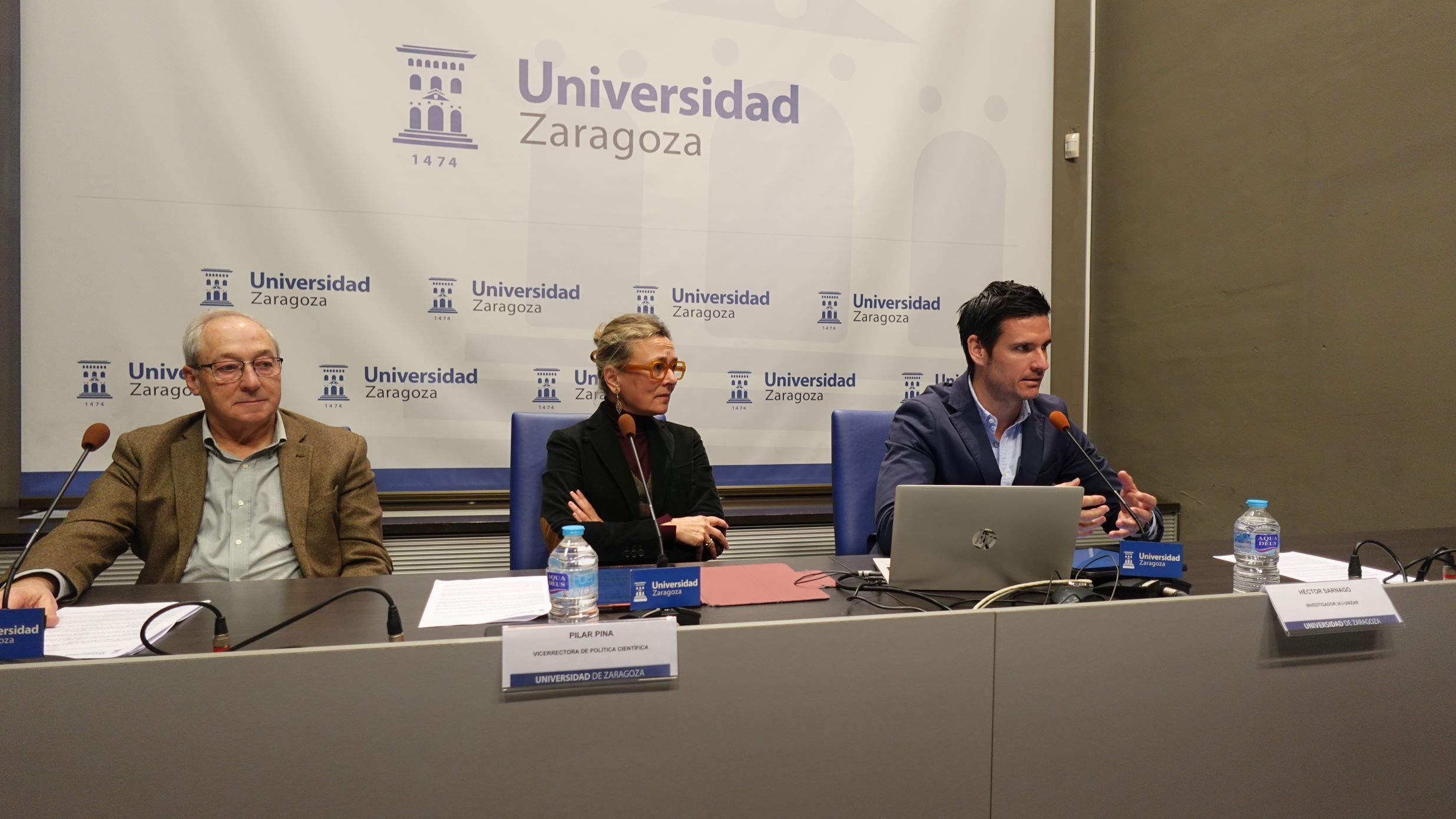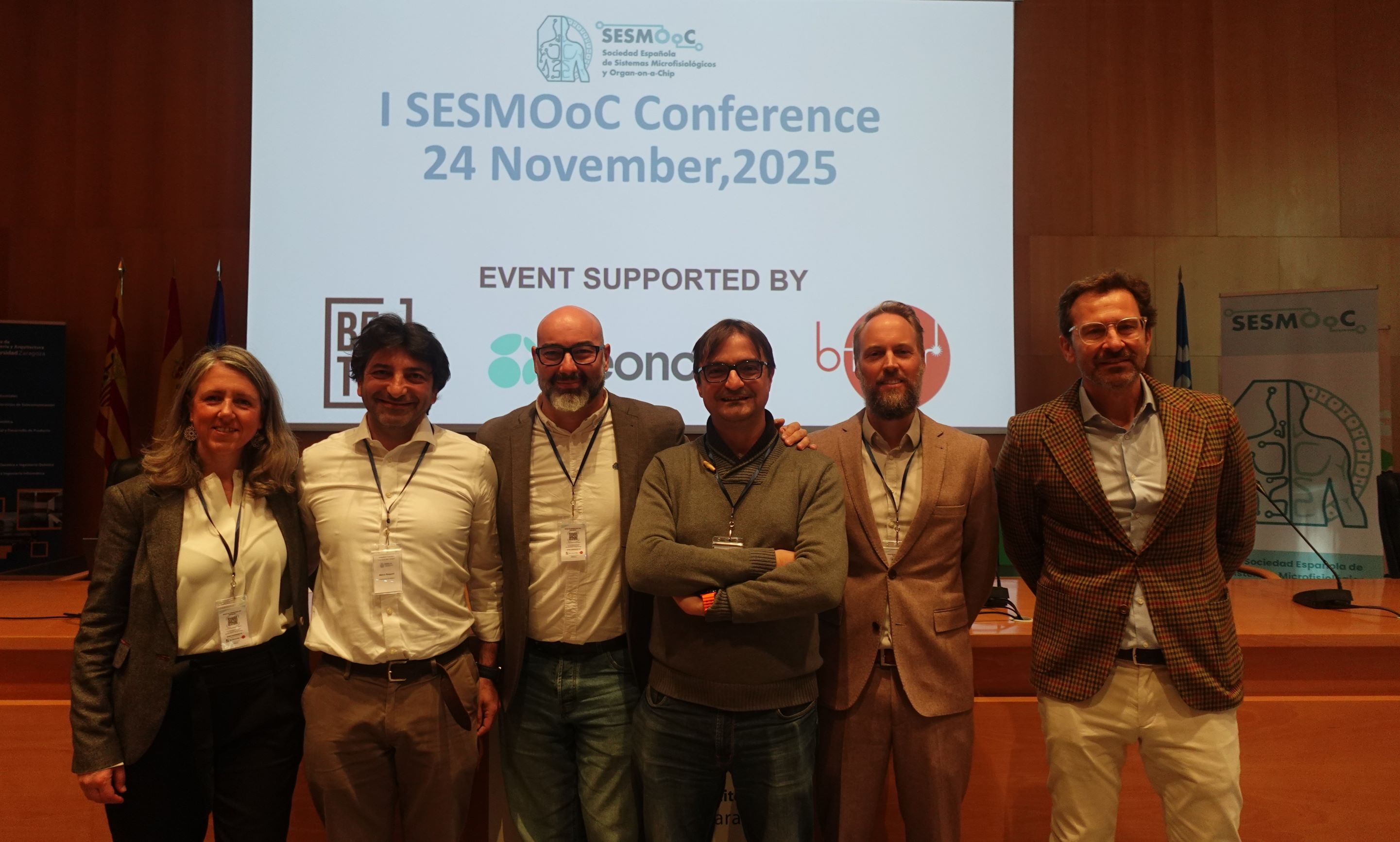
The European Association of Computer Graphics, Eurographics, once again recognizes the scientific and technical work of Diego Gutiérrez, researcher at the Aragon Institute for Engineering Research (I3A), where he directs the Graphics and Imaging Lab.
The researcher has just received the Outstanding Technical Contribution Award 2022 for his international work throughout his professional career in the field of Computer Graphics, but also for his ability to lead teams and for his service and contributions to the research community.
His main areas of interest include several research areas: physically based simulation of light transport, virtual reality, and computational imaging. His work is distinguished by his deep interest in pushing the boundaries in simulating light transport, for example by including the time dimension or targeting novel display technologies, and his quest to understand how state of the art computer graphics techniques relate to human perception.
Among his many contributions, he greatly advanced methods for global illumination and light transport simulation, in particular in rendering participating media and transient rendering. In his work on transient light transport, he addressed the fundamental problem of enabling effective simulation and analysis of light transport when the speed of light is no longer considered infinite. Diego proposed novel techniques for non-line of sight (NLOS) 3D reconstruction that were up to a thousand times faster than previous work. Most notably, in a breakthrough paper published in the journal Nature, Diego Gutiérrez and his team showed that NLOS imaging can also be formulated using diffractive wave propagation. This approach yields a new class of imaging algorithms that mimic the capabilities of line-of-sight cameras, enabling applications that are not restricted to laboratory conditions
He is also recognized for his work on modelling and representation of materials, material perception, and research on perception in computer graphics more broadly. The latter include: how stylization affects perceived realism; a novel similarity measure of illustration style; real-time perceptual rendering of human skin; a perceptual study and analysis of image retargeting techniques; and work on high-dynamic range imaging, tone mapping, and modelling contrast sensitivity. Diego also made fundamental contributions to research in virtual reality and light fields. For his work on intuitive editing of visual appearance, Diego also received an ERC Consolidator Grant in 2016.
In addition to his technical contributions, Diego Gutiérrez is highly respected for his success in fostering thriving research communities. This includes not only his leadership of the Graphics and Imaging Lab at the University of Zaragoza, which has become a leading research group, but also his service to the broader community. Among many other roles, he served as the Editor in Chief of ACM TAP, as an associate editor for ACM TOG and Computer Graphics Forum, or as program chair for several international conferences.
In summary, he is a role model in the field by showing a breadth of research topics while maintaining a deep technical focus and making pioneering contributions to many areas, and by inspiring young researchers to continue pushing forward the state of the art in computer graphics.
A benchmark in research
This award not only values their technical contributions, but also highlights the respect of the scientific community and their success in fostering more innovative research communities.
The Graphics and Imaging Lab, a research group he founded in 2008, has become a world reference in the field of Computer Graphics. The creation of this group, in the words of Diego Gutiérrez himself "is the achievement I am most proud of. It has been a lot of work for many years, but it is fortunate to be able to work with such motivated, creative and skilled people. This award is as much theirs as it is mine. Talent is the best distributed asset in the world, you just have to give it opportunities."
Diego Gutiérrez is a professor in the Department of Computer Science and Systems Engineering at the University of Zaragoza. He has been editor-in-chief and associate editor of several international journals, as well as chair of the scientific program of some of the most relevant international conferences in his field. He has also been a visiting researcher at prestigious universities such as Stanford, MIT or Yale, and is a founding partner of DIVE-Medical, a spin-off of the University of Zaragoza dedicated to the early detection of visual pathologies in infants.




